A Comprehensive Guide to Reselling on Amazon – Know Everything You Need
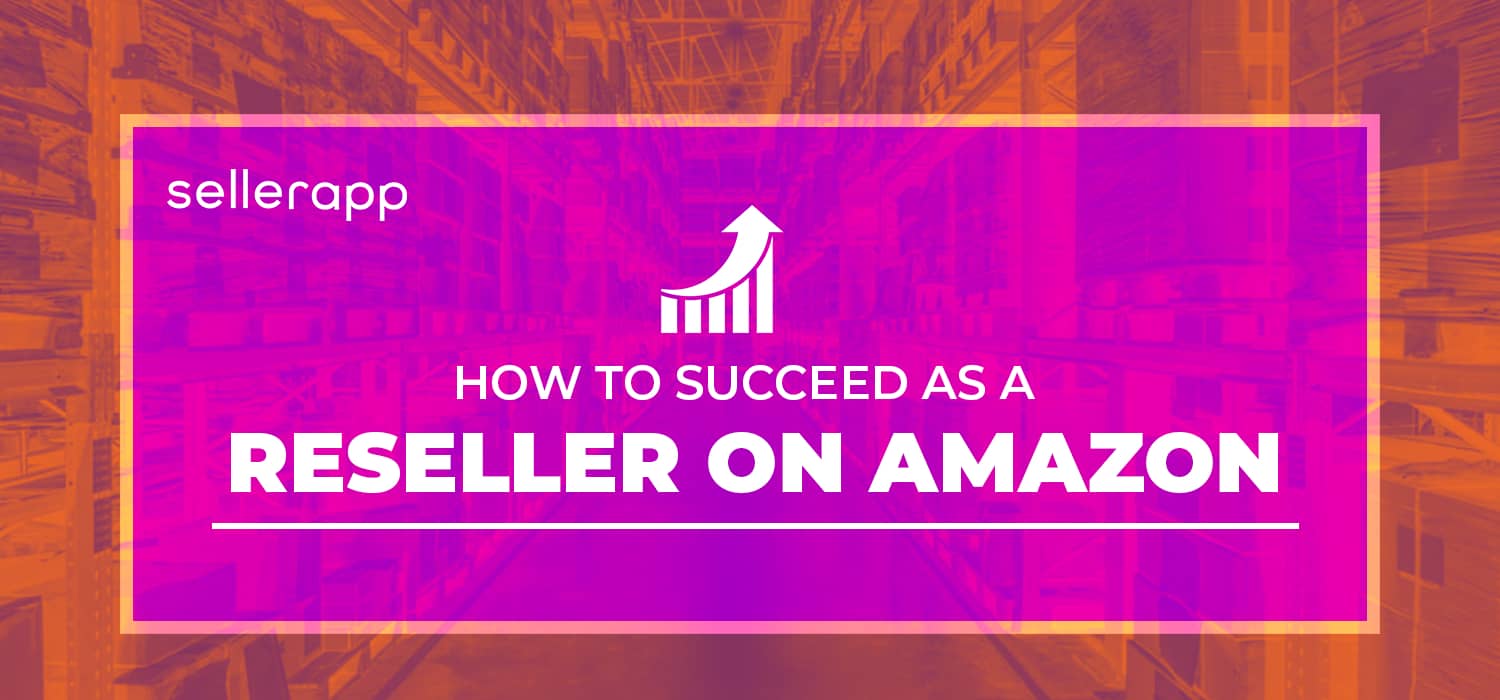
Every day, many sellers jump into the massive marketplace of Amazon, eager to leave their mark. The sheer number of sellers can be a bit overwhelming, especially for newcomers who might feel a bit lost.
Breaking through as a new reseller on Amazon might seem tough due to intense competition.
With experienced resellers already in the game, success might feel far away.
But don’t worry!
Understanding the basics of becoming a successful reseller is the key to overcoming this challenge.
In this article, we’ll break down the essential steps to help you build a strong foundation and become a successful reseller on Amazon. Let’s dive into the basics that will guide you toward triumph in the world of Amazon reselling.
Quick guide:
- Who is a reseller?
- Few characteristics of reselling business
- How reselling works on Amazon
- Tips to succeed as an Amazon reseller
- Low competition products
- Offer a low price on a high-competition product
- Select quality products
- Look for products with high margins
- Build a brand
- Why a reseller fails
Who is a reseller?
A reseller sources his items from suppliers (mainly manufacturers or wholesalers) and sells them to end customers. A reseller focuses on selling ready-made items, unlike brands or private label sellers.
Check out this guide to find the best suppliers for Amazon FBA.
Some resellers find products on websites like Alibaba, eBay, AliExpress, or the second-hand goods market. They sell a variety of products using this business model. These businesses are mostly profit-oriented rather than product-focused.
If you think a reseller and distributor works in the same way, let me explain – both parties buy goods from suppliers and sell them. The difference is that a distributor has a strong relationship with the manufacturer and often assists in marketing, labeling, and other operations.
However, a reseller is not closely related to the manufacturer. Moreover, some resellers may not even work with manufacturers directly.
Few characteristics of reselling business
Like any online business, reselling business is unique and has its own characteristics.
As I mentioned before, resellers do not have a strong relationship with the manufacturer. They don’t offer after-sale service or assistance to the customers on behalf of the brand owners.
Another major characteristic of resellers is that they don’t own any inventory. Most of the time, the reselling of items is done based on the demand. They act as a middleman between manufacturers and end customers.
Reselling online is easy when compared to other business models. Having a huge amount for a startup can be hard for everyone. However, reselling gives the flexibility to start small. This is also the reason why the reselling technique is popular among many retailers. Start reselling on Amazon, eBay, sales channels, and popular social media platforms. Once you have an in-depth understanding of the online retail business, you can always expand to new avenues.
How reselling works on Amazon
If you want to be a successful reseller on Amazon, using FBA is the way to go. The FBA program offers advanced and cost-effective ways to reach millions of customers through Prime.
Though FBA costs you money to pick, pack, refund, and handle returns, a reseller can manage these costs and would be able to make decent profits.
You just need a few documents, items in the inventory, and listings in place to start selling on Amazon. However, competition on Amazon is cutthroat. If you want to successfully sell on Amazon, you need more than just that.
Tips to succeed as an Amazon reseller
There are certain aspects that you should consider if you want to be a successful reseller on Amazon. Let’s see how to optimize these aspects to stay profitable.
1. Low competition products
You can resell on Amazon in two common ways.
- Sell successful items with high competition.
- Sell items with low competition and no proven success record.
If you’re a new reseller, the second option works for you. Low-competition products have the potential to establish you as a leader in that category. This way, you can make a name for yourself on the Amazon Marketplace. Besides, it is easier for you to win the Buy Box.
Winning the Buy Box is crucial for a seller to gain visibility and boost sales on Amazon. This, in turn, positively impacts the brand, seller ranks, and ratings. All these metrics aid in growing your business on Amazon.
On the flip side, selling low-competition products means that there is no proven sales record. There could be a reason why resellers did not penetrate the market. There may not be sufficient target customers, or lower margins, etc. Make sure you cover your amazon product research basics first.
Secondly, you need to have a good seller rank to gain visibility and boost your sales on Amazon. So choosing the second option is better to improve your seller rank on Amazon.
2. Offer a low price on a high-competition product
The other way to succeed as a reseller is by selling high-competition products that have a proven record of sales. With a popular product, you can be sure to get a sales influx, which in turn boosts your rankings and visibility on Amazon.
The tricky part is that you compete with a lot of sellers who are already successful. In this case, you need to offer a low price for the items to stand out from the crowd. A lower price can attract the Buy Box and your target audience who are willing to purchase. However, you are attracting discount shoppers in this case. So when you raise your prices in the future, you’re unlikely to gain the same clientele you want to grow the business.
Another aspect is that you need to be aware of the Amazon profit margins you incur along with the costs involved.
3. Select quality products
Whether you sell a low-competition or a high-competition product, you need to offer a quality product. Selling high-quality products positions you as a high-end reseller and offers value to the brand. If you plan to expand your business further, stick to selling good-quality products.
You can charge a premium price if you sell high-quality products. Higher the price, the higher the chances to improve your margins. On the other hand, selling low-quality items may result in poor reviews and high returns. This hurts your Amazon account health in the long term and short term.
4. Look for products with high margins
This is obvious. You have to look for products that have high margins. If a product has good quality and a low margin, you can hardly grow your business.
Let’s say you are reselling a high-quality pen, and you make a $1 profit for every sale. Though your customers love the product, it isn’t worth selling this pen, especially when you spend it on marketing and FBA. So analyzing your costs is crucial here to check product margin use this FBA profit calculator tool.
Recommended Guide: How to find best selling products on Amazon: Step-by-step guide
5. Build a brand
One of the most common mistakes that sellers make is they try to resell anything that comes their way. While this may look good for a short span, this is not ideal if you want to grow your business.
Keep in mind your product can change as a reseller. You need to focus on giving value to the customer and building around one-two niches or sub-niches. This way, you can target similar customers who are interested in your products.
Recommended Guide: Merch by Amazon: How to Get Started
Why a reseller fails
The main reason a reseller fails on Amazon is the overestimation of costs and poor pricing decisions. Let me explain.
Practically, anyone can start selling on Amazon with some initial preparation, including brands. It means, brands who sell directly to customers can cut their prices and remain profitable. This gives them an advantage over the resellers. So it becomes a challenge for a reseller to offer value to his customers.
Here are a few things to keep in mind before you become an Amazon reseller:
- When it comes to reselling, one product can be sold by many sellers. There is no limit here.
- Most of the time, resellers undercut their prices to win the Buy Box.
- You also compete for the Buy Box with the same brand whose products you are selling.
- You also need to understand the cost structure of the product along with the expected profit margins.
- Competing with Amazon Retail isn’t an ideal situation for third-party sellers. So be careful while choosing products in such categories or when trying to over-cut prices in these categories.
If you are a new seller, it’s highly recommended to follow Amazon social groups where sellers and industry veterans share their knowledge and experiences with Amazon FBA and other interesting updates.
You can follow groups and forums such as Reddit Amazon FBA and Facebook groups. You can also follow SellerApp’s YouTube channel, where our experts and e-commerce industry veterans share their knowledge and tips in the form of videos, webinars, live events, and more to help you succeed on the Amazon Marketplace.
Additional Read:
15 Practical Ways to Make Money on Amazon
Why It’s Important To Vet Your Customers
How fashion eCommerce retailers can reduce online returns


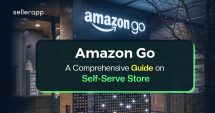
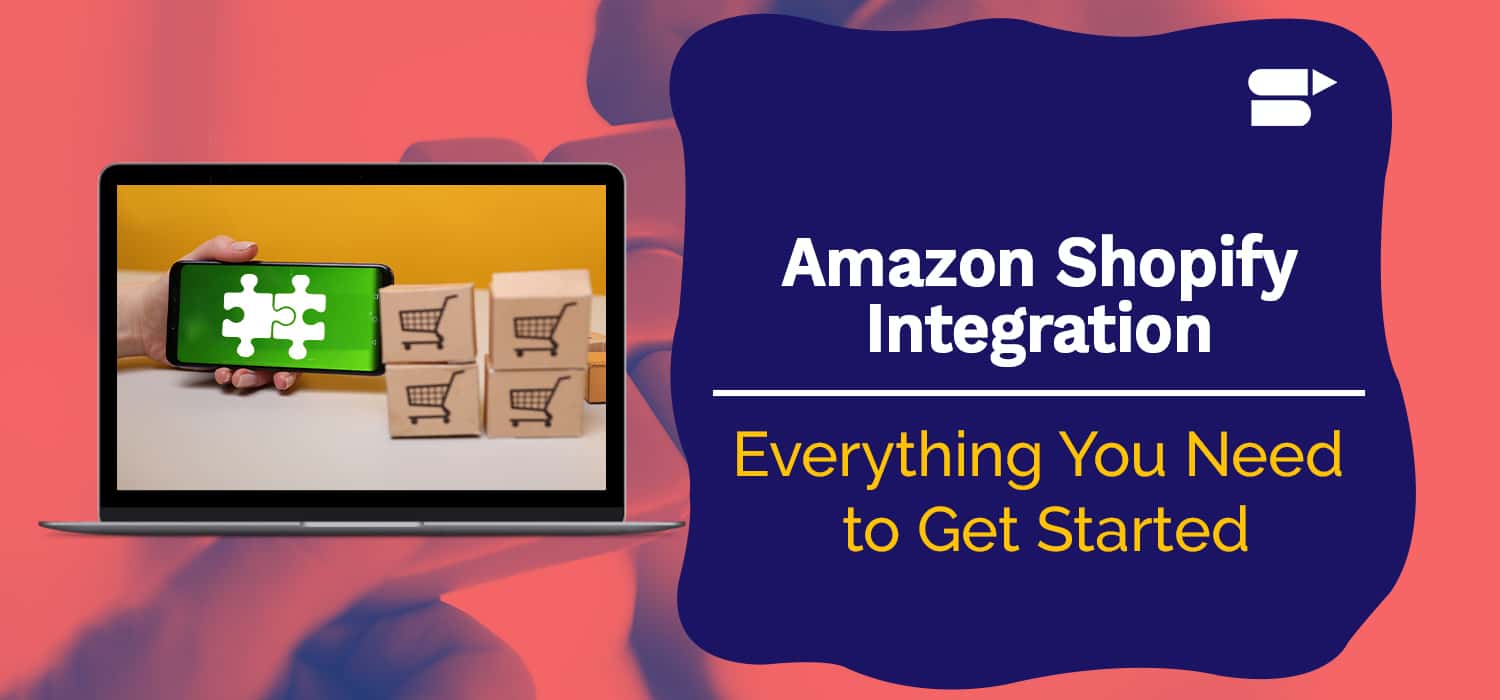
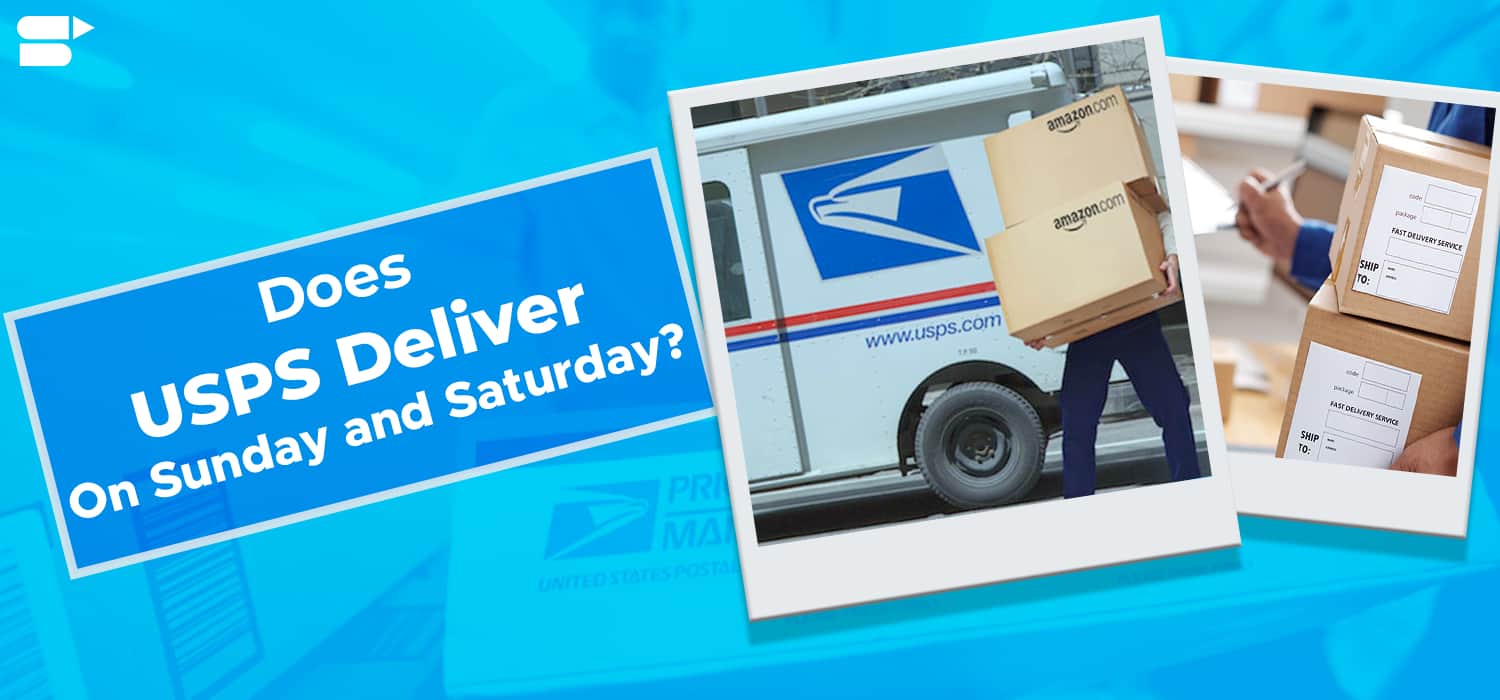

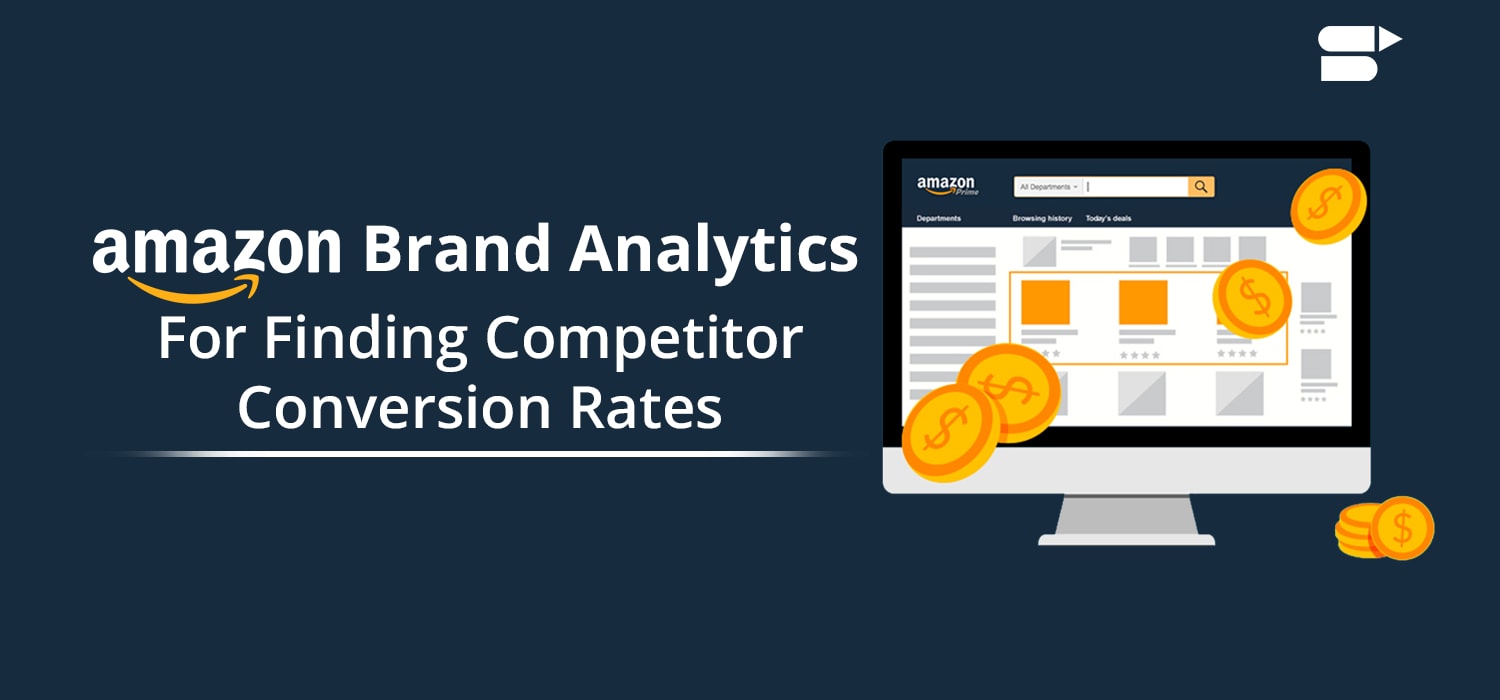
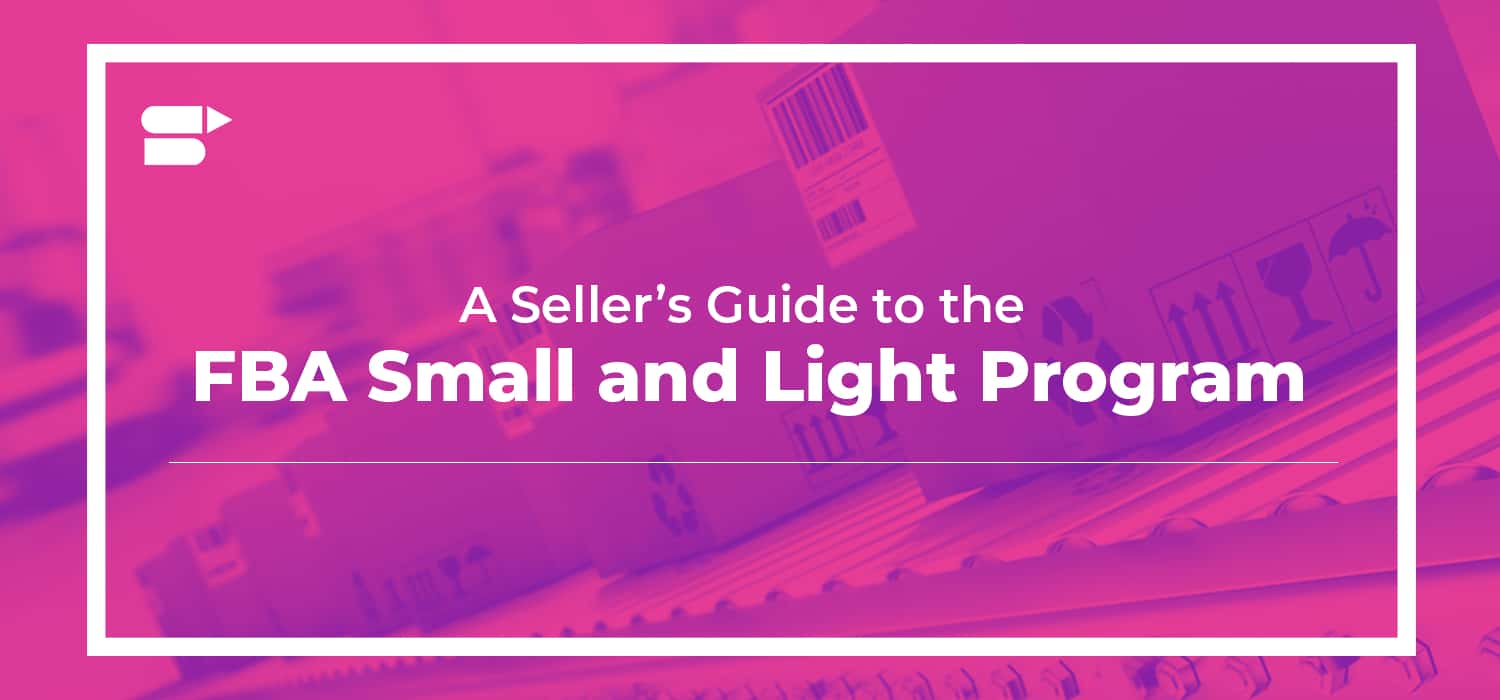

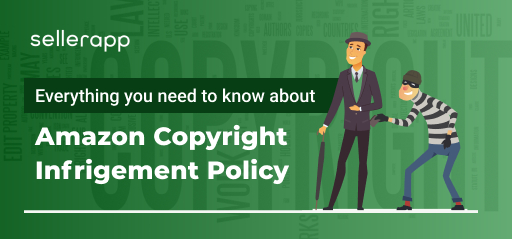

zortilonrel
May 25, 2021Detailed Article
Thank you for the post.
AlanJes
August 1, 2021Informative blog.
Thank you SellerApp